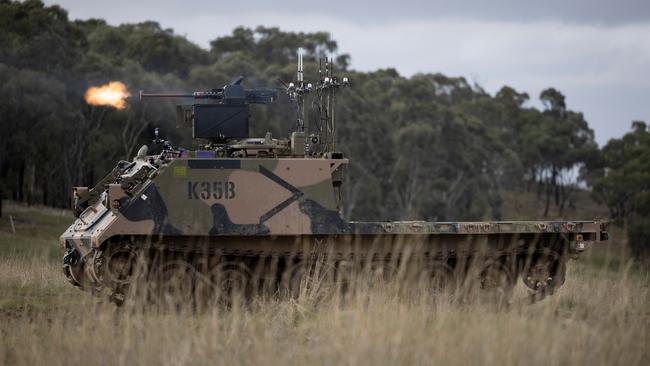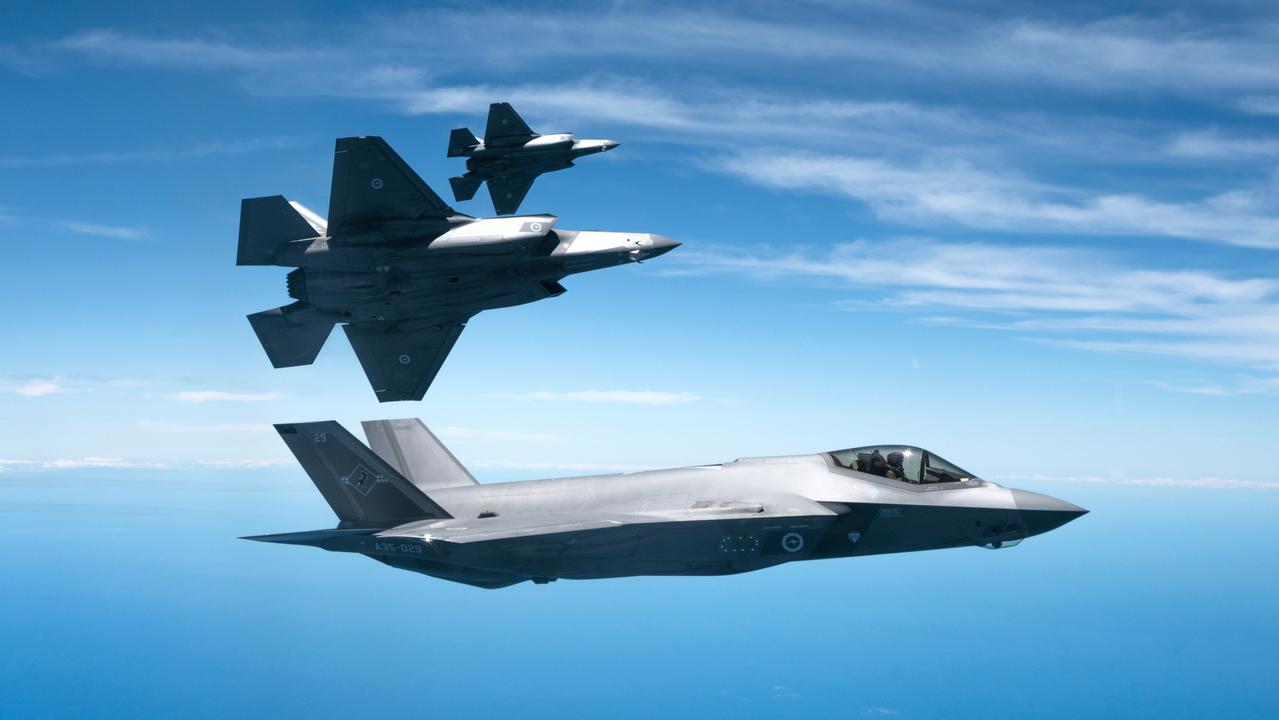Budget holding back whole-of-Defence strategy
Rapid technological change has wrought significant changes in how wars are fought and won. So, DSTG is a party to the reimagining and overhaul of Defence’s capability development and acquisition processes.

In September, Chief Defence Scientist Professor Tanya Monro launched Defence’s new Innovation, Science and Technology Strategy, Accelerating Asymmetric Advantage: Delivering More, Together.
The strategy doesn’t have a Defence Science and Technology Group (DSTG) logo on the cover or anywhere inside. It’s designed to be a whole-of-Defence document. It’s a complete break with DSTG’s past and marks the start of a permanent and irreversible change process that will affect defence innovation, research and development (R&D), and acquisition.
Twenty years ago, the then Defence Science and Technology Organisation did not do R&D, except in a few narrowly defined areas. Its role was to use its vast technical knowledge and experience to perform sanity checks on other people’s technology. Some of the basic research its people were doing might not have seen a practical application for 20 or more years, – there was no sense of hurry.
Today DSTG is reallocating some 25 per cent of its 2300-strong workforce to developing (or co-developing) capability for the Australian Defence Force and getting that capability into service quickly – ideally within a couple of years.
Australia no longer has the cushion of 10 years’ warning that something bad might happen. For the next generation or more, Australia could be forced to defend itself or its interests at short notice.
Technology is developing fast, too, and as events in Ukraine and the Middle East have shown, rapid technological change has wrought significant changes in how wars are fought and won.
So, DSTG is a party to the reimagining and overhaul of Defence’s notoriously slow and sclerotic capability development and acquisition processes.
The words and phrases used by the Chief Defence Scientist, which predate their use in the Defence IS&T Strategy, the National Defence Strategy (NDS), and Defence Strategic Review (DSR), are “asymmetry”, “speed to capability”, and “minimum viable capability”, or MVC.
To achieve these, the IS&T Strategy identified six technology priorities where focused R&D and innovation could have the most short-term impact and deliver that asymmetric advantage. The NDS lists the same ones: hypersonics; directed energy; trusted autonomy; quantum technology; information warfare; and long-range fires.
The new strategy aims to develop both the IS&T capabilities and partnerships that will deliver these priorities as quickly as possible, while continuing to nurture DSTG’s expertise and deep scientific knowledge, which goes back decades.
Defence defines asymmetry as pitting strength against weakness, using weapons in an unconventional way and, importantly, disrupting a potential adversary’s thinking.
Asymmetry is a key component of deterrence: if an adversary knows or suspects, or even just fears, that you have a certain capability, then you have introduced uncertainty into their planning processes.
At worst, you will have completely scrambled their brain.
Deterrence is part psychology and part provable ability: the ADF is our most visible deterrent; alongside it are our national IS&T capabilities, industry base and our capability development and acquisition processes.
Defence’s technology priorities represent the opportunity to fight – or to create an impression of the ability to fight – asymmetrically. They go beyond DSTG and the Advanced Strategic Capabilities Accelerator (ASCA).
The IS&T Strategy includes DSTG’s Australian Defence Science Universities network, and aims to draw in almost every publicly funded university’s research capacity.
Ultimately, the ability to deliver asymmetric capabilities quickly to the ADF depends on Australia’s industry. Defence doesn’t own the means of production and nor does DSTG. But if Defence needs its IS&T, capability development and acquisition processes, along with industry, to become a significant part of its deterrent then it needs to create an environment in which they can deliver actual capabilities, not delays.
“Timely and strategically relevant capability acquisition is critical in the coming period,” says a Defence spokesperson, in response to questions from The Australian. “The development of additional, more flexible contracting models to support agile and developmental projects will be particularly important to support the disruptive and innovative capabilities outlined in the IS&T Strategy.”
The government’s policy is to help develop a sustainable, robust defence industry based on IS&T that can support the ADF and then, eventually, become a pillar of a stronger national economy. However, it has started by stripping the ADF of capabilities and the defence budget of the short-term money it needs to rise to immediate challenges.
While Defence is speaking the right language about IS&T, until we see the CASG 2.0 Strategy we won’t know if there’s any evidence it has connected all these dots properly.


